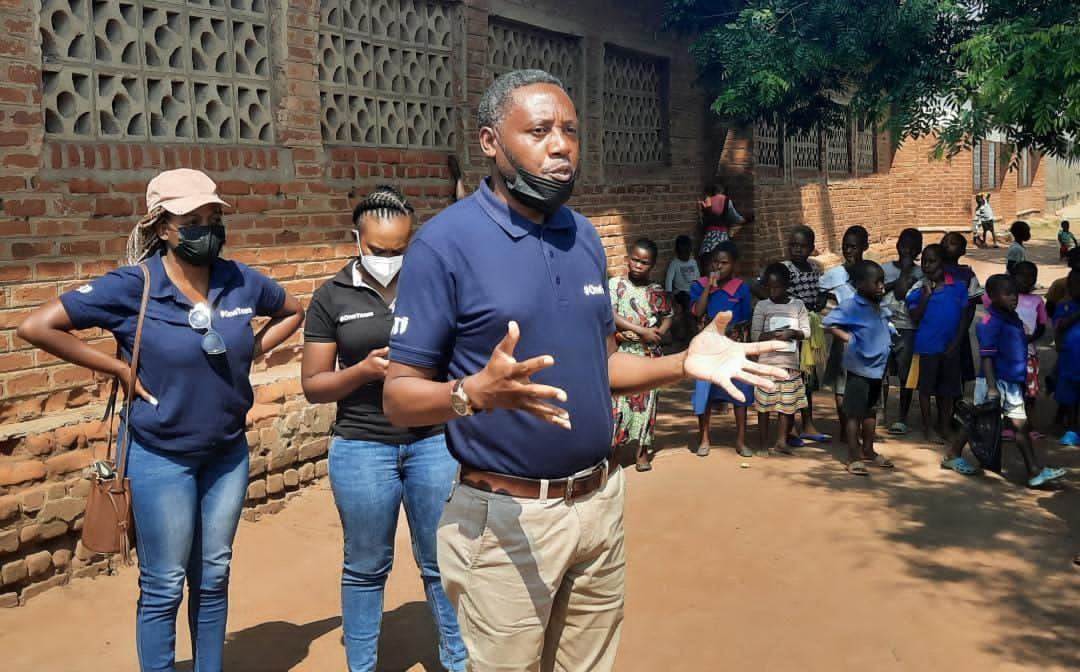Africa-Press – Malawi. It is evident that tobacco production threatened natural forests in Malawi. Since Malawi started producing tobacco, farmers have been using natural trees to construct curing barns.
Large woods were used to cure tobacco in furnaces. That is why environmentalists have long argued that tobacco production has contributed significantly to the levels of deforestation and degradation of natural resources in Malawi.
Over the years, JTI Leaf Malawi has undertaken various initiatives aimed at reducing farmers’ reliance on natural forests for their curing barns. The company’s Director of Communications and Corporate Affairs, Limbani Kakhome, said since 2013, they have promoted the use of live barns in curing tobacco.
Kakhome made the sentiments on Friday during a tour of the company’s grower support projects. Alive barn is a structure that is designed, laid out and planted in the shape of a conventional burley-curing barn.
Once the trees are fully grown, it is used as a barn. It takes three to five years for such a barn to become operational. Kakhome said JTI Leaf Malawi has done a lot in ensuring that the company promotes technologies, which helps to mitigate climate change because it believes in promoting sustainable agriculture
“Each and every farmer contracted with us is required to plant at least one live barn for each hectare of tobacco they grow. One live barn requires 213 trees. He said a live barn has more advantages than a conventional barn, which include reduced cost of production and supports the realization of improved tobacco quality.” said Kakhome.
Still on sustainable production, the company is producing concrete blocks made from coal ash – a by-product from factory waste. According to Kakhome, the company has built classroom blocks and teacher houses using these concrete blocks.
He said these concrete blocks are resistant to both fire and water and therefore good even for flood-prone areas. Another advantage of concrete brick structures is that they are cost effective and require very little money for maintenance.
“We have built all our schools using these concrete bricks so that we are in fully compliant with environmental friendly mechanisms. We want to go green in all our processes as well as projects,” he said.
During the tour, journalists had an opportunity to visit Nsunga Primary school in the area of Senior Chief Kalolo in Lilongwe. At the school, JTI has built two classroom blocks, disability friendly toilets, a teacher’s houses and solar powered running water facilities. The CAC director said JTI will continue implementing government efforts in fighting climate change.
“In 2015, JTI partnered with Total Land Care (TLC) an environmental management Non-Governmental Organization on a major environmental project of tree and bamboo planting as well as promoting natural regeneration of trees and use of improved stoves that use less firewood at household,” said Kakhome.
Through these ecosystem restoration projects, JTI has managed to plant 2 585 308 trees and bamboos. The company has also distributed 7, 520 rocket household stoves.
One of the JTI contracted growers Willard Chimangeni of Zondeni Club in the area of Traditional Authority Kalolo said he was so grateful to JTI for giving them both financial and technical support so that they are able to practice sustainable agriculture which is not as capital intensive as traditional farming.






